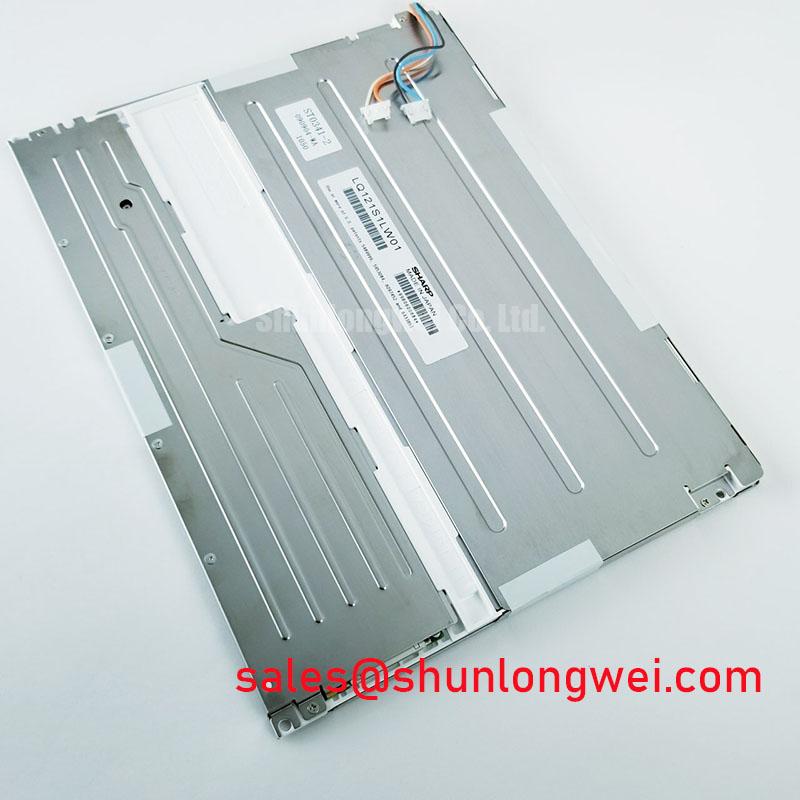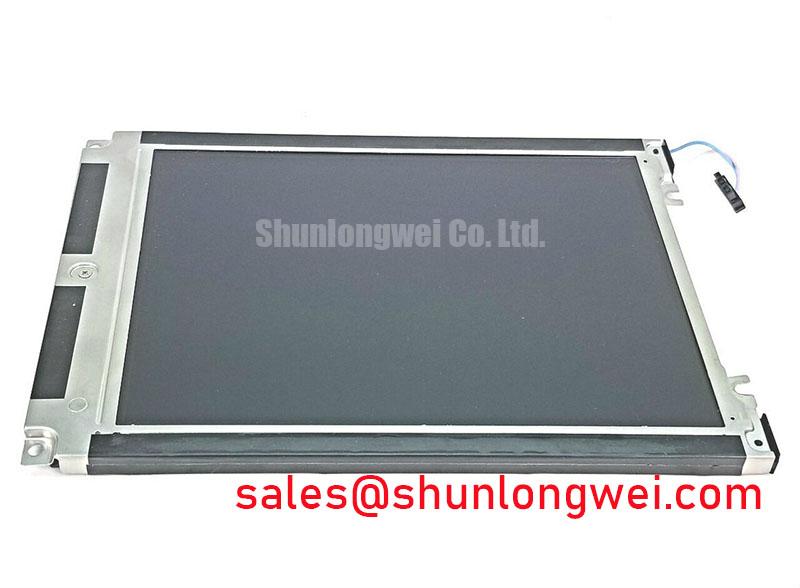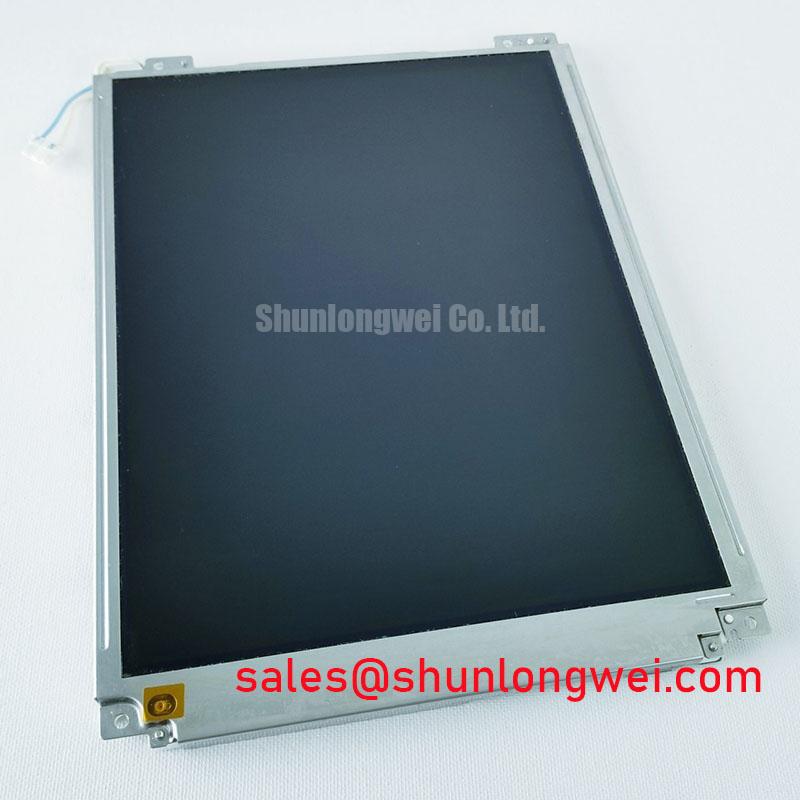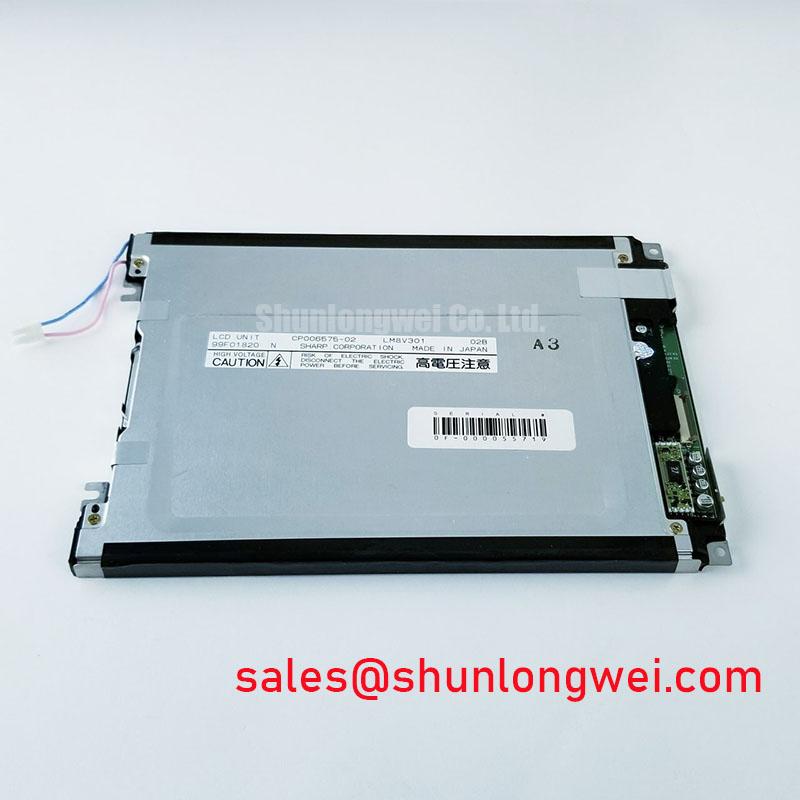Content last revised on October 24, 2025.
LQ150X1LW72: 15.0-Inch XGA a-Si TFT-LCD Module
Engineered for Viewing Clarity and Industrial Resilience
The Sharp LQ150X1LW72 is a 15.0-inch XGA TFT-LCD module designed for applications demanding exceptional viewing consistency and operational durability. Its core value proposition is delivering unwavering image clarity from any angle, a critical requirement for collaborative and complex industrial environments. With its 1024x768 resolution, 600:1 contrast ratio, and robust surface treatments, it provides a stable and reliable visual interface. This display is engineered to answer a key need for system designers: a panel that maintains legibility and color fidelity even when viewed significantly off-axis. For industrial control systems requiring reliable, long-term performance in stable indoor environments, the LQ150X1LW72's proven CCFL backlight and wide viewing angles make it a strategic choice.
Key Parameter Overview
Decoding the Specs for Interface Integrity and Visual Performance
The technical specifications of the Sharp LQ150X1LW72 are tailored for straightforward integration into industrial systems where visual performance is paramount. The following table highlights the key parameters derived from the official datasheet.
| Parameter | Specification |
| Screen Size | 15.0 inch |
| Resolution | 1024(RGB) × 768, XGA |
| Viewing Angle (CR≥10) | 85/85/85/85 (Min.) (L/R/U/D) |
| Display Mode | ASV, Normally Black, Transmissive |
| Brightness | 350 cd/m² (Typ.) |
| Contrast Ratio | 600:1 (Typ.) |
| Signal Interface | LVDS (Low Voltage Differential Signaling), 1 channel, 8-bit, 20 pins |
| Backlight System | CCFL (4 pcs), driver not included |
| Operating Temperature | 0°C to 60°C |
| Storage Temperature | -25°C to 60°C |
| Surface Treatment | Antiglare (Haze 42%), Hard coating (2H), Antireflection |
Download the LQ150X1LW72 datasheet for detailed specifications and performance curves.
Application Scenarios & Value
System-Level Benefits in Industrial HMI and Process Control
The LQ150X1LW72 is best suited for controlled industrial environments where data must be clearly interpreted by multiple operators from various positions. For an engineer designing a Human-Machine Interface (HMI) for a manufacturing floor's central SCADA system, the primary challenge is ensuring that machine status, alerts, and process data are unambiguously visible to both the direct operator and a supervising manager standing several feet away. The panel's 170-degree symmetrical viewing angles, a direct result of its ASV (Advanced Super View) and Normally Black technology, solve this problem by preventing the color inversion and contrast degradation common in displays with narrower viewing cones. This ensures that a critical red warning light appears red from every angle, not washed-out pink or orange, thereby enhancing operational safety and efficiency. The anti-glare and hard-coated surface further supports this by maintaining legibility under the harsh fluorescent lighting typical of factory settings.
While the LQ150X1LW72 is optimized for these environments, for systems requiring operation in more extreme temperatures or with higher brightness for outdoor visibility, a panel like the G150XNE-L01 offers an extended operating temperature range and a modern LED backlight system.
Technical Deep Dive
A Closer Look at Resilience Through Surface and Viewing Angle Technology
The specified environmental and optical characteristics of the LQ150X1LW72 are not just numbers; they represent foundational design choices that impact system reliability. The operating temperature range of 0 to 60°C defines its role in climate-controlled factory floors, control rooms, and indoor kiosks. While not intended for arctic or desert extremes, this range is sufficient for the majority of industrial automation applications and ensures stable electronic performance without requiring complex thermal management solutions like active heating or cooling in the end-product design.
The most significant feature is how its optical design contributes to resilience. The "Normally Black" display mode means that in an off state, or if a pixel fails, the pixel appears black rather than bright white. For a process control panel, this is a crucial fail-safe characteristic, preventing a failed pixel from being misinterpreted as a status indicator or data point. Explaining contrast ratio helps quantify this: a 600:1 ratio means the brightest white is 600 times brighter than the darkest black, providing the depth needed to distinguish subtle grayscale variations in complex user interfaces. This, combined with the exceptionally wide viewing angles, ensures that the integrity of the displayed information—the most critical asset of any HMI—is preserved regardless of viewing position or ambient light interference.
Frequently Asked Questions (FAQ)
What is the primary benefit of the 170°/170° viewing angle?
The extremely wide viewing angle, enabled by ASV technology, ensures that colors and contrast remain consistent even when viewed from significant off-axis positions. This is critical in multi-operator environments like control rooms, where it minimizes the risk of misinterpreting data due to color shift.
How does the "Normally Black" display mode enhance reliability in an industrial setting?
In a "Normally Black" panel, pixels are black in their default, unpowered state. This means a pixel failure results in a dark spot, which is far less distracting and less likely to be misinterpreted as an active signal compared to a bright, stuck-on pixel in a "Normally White" display.
Is an external inverter required for the LQ150X1LW72 backlight?
Yes. The module includes the CCFL lamps but does not have a built-in backlight driver (inverter). This allows system designers the flexibility to select a driver that matches their specific power supply and dimming control requirements, which is a common approach for modular industrial PC designs.
From a strategic standpoint, the Sharp LQ150X1LW72 represents a commitment to visual performance and reliability for long-lifecycle industrial equipment. Its use of established technologies like a TFT-LCD panel with a CCFL backlight and a standard LVDS interface provides a predictable and stable platform. This minimizes the risks associated with newer, less-proven technologies, making it an excellent choice for applications where long-term availability and consistent performance are more critical than having the very latest display features.












